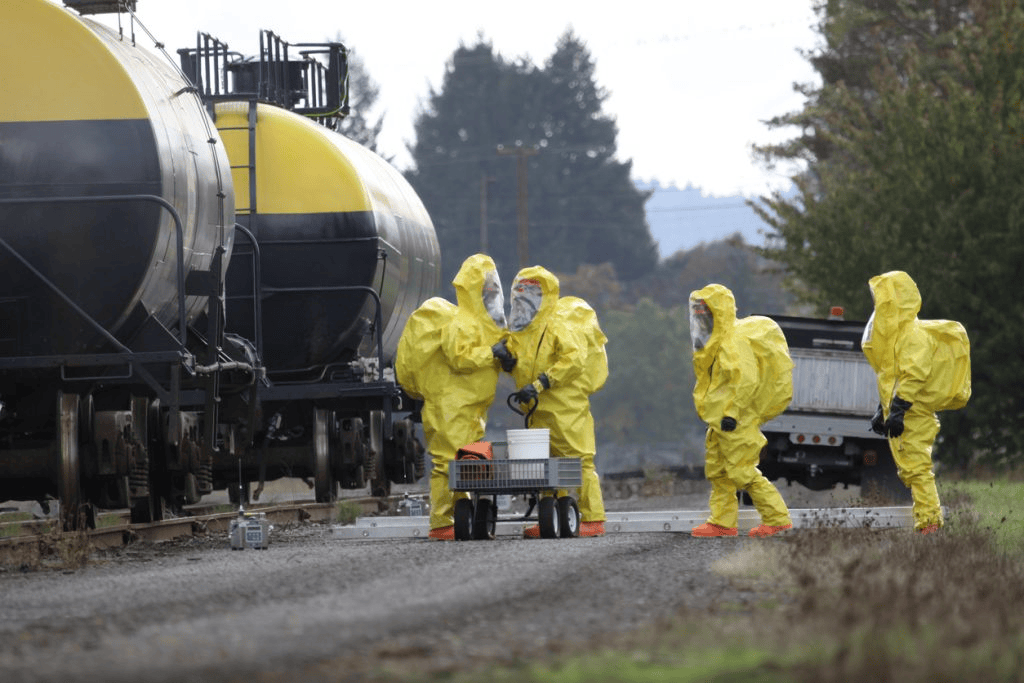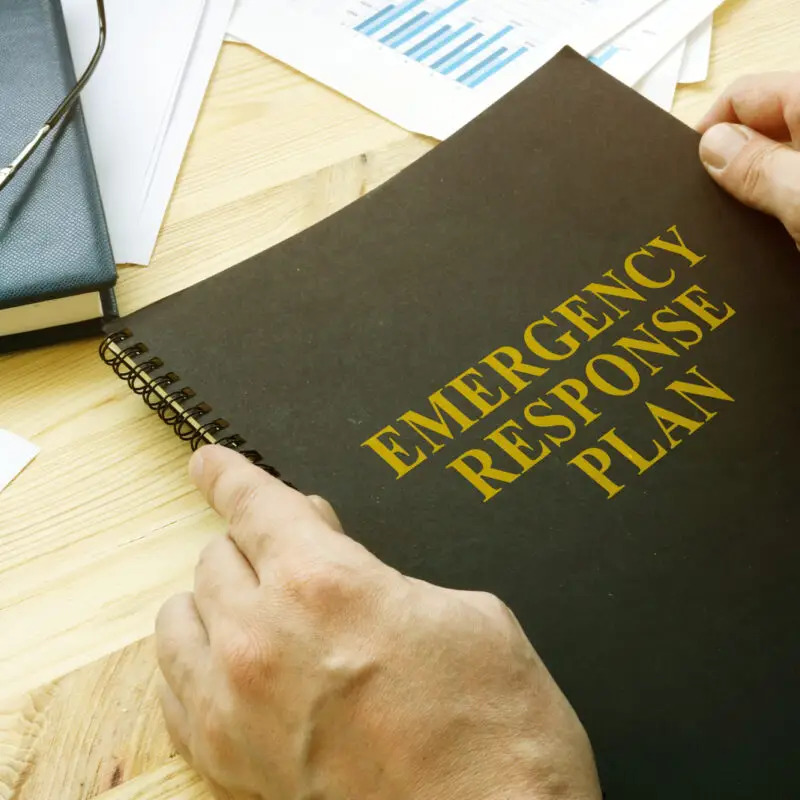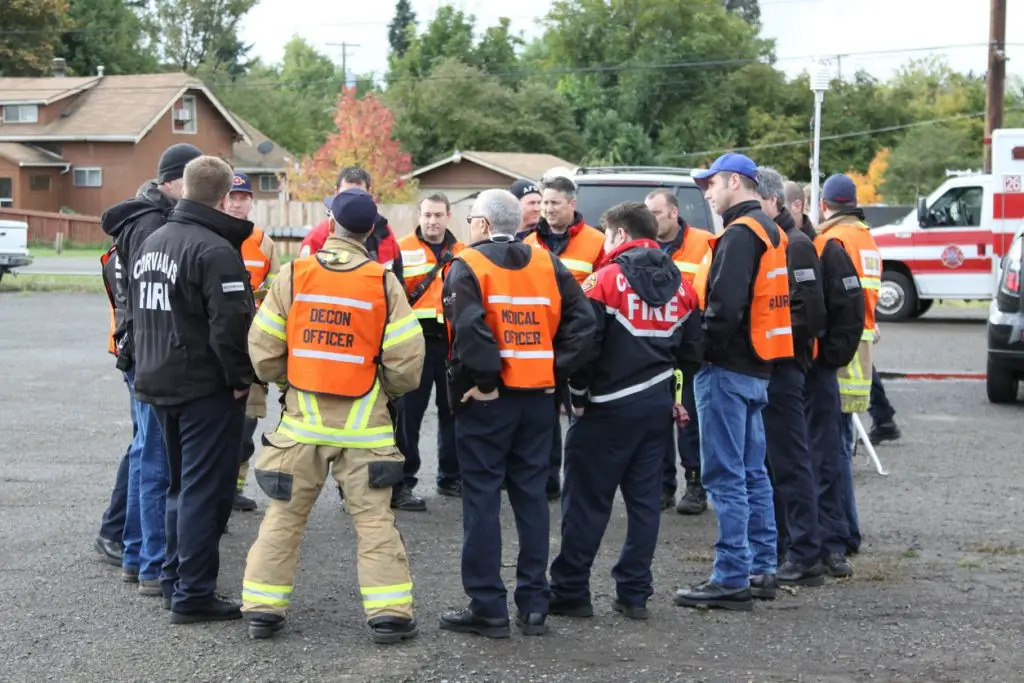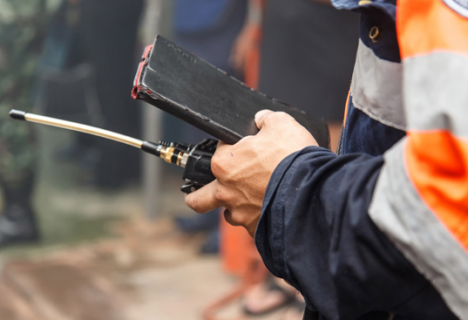
Emergency response and emergency resilience
Equip your team for any scenario
Responding to disasters caused by natural events, such as fires, floods or storms, infrastructure failures or terrorism, is highly complex. Improve your organisations’ emergency preparedness through risk assessments, training exercises and after‑action reviews.

Hazard-informed risk assessment
A systematic approach to understanding hazards.
Discover how our risk assessments inform local priorities for emergency preparedness. Our experts employ best practices and methodologies to evaluate the specific hazards affecting your community or municipality.

Emergency response plans
During an emergency is not the time to develop an effective response plan.
We work with municipalities, communities and infrastructure owners and operators to develop emergency response plans based on their risks. Emergency response plans serve as the essential baseline for rehearsals, exercises and for priority investment.

After-action review
Identify areas of improvement to guide investments.
After the response is over, an after-action review allows leaders to understand what happened and the contributing factors leading up to event. Informed by facts and evidence, an after-action review identifies areas for improvement to guide investment priorities.
Emergency management projects
Emergency management resources

Talk to a Calian expert today
Reach out to learn how our innovative solutions can help you solve your most complex challenges.
Social responsibility at Calian
Committed to social responsibility.
ESG—more than a buzzword.
Our vision builds on our mission, values, historical commitment to social responsibility and key competencies. It provides a framework and focus for our activities and corporate communications related to ESG (Environmental Social Governance).
Download ESG report
Your service inspires us.
Proudly welcoming 100+ veterans to our team every year
Their expertise enriches our solutions, and hiring military spouses is our heartfelt way of giving back to the defence community. We’re committed to being there for you, in and out of uniform.
Explore opportunities

Relocating? We’ve got you covered.
4,000+ family members connected with family doctors
Our partnership with the Canadian Forces Morale and Welfare Services ensures that military family members are connected with family doctors, hassle-free.
Learn more

Building a resilient community together.
$650,000+ in corporate giving
We are woven into our community’s fabric, our support extending to renowned organizations and causes. We’re not just about business; we are about building a supportive and resilient community together.
Learn more

Engaging in research that matters.
Our contributions to significant research projects and our focus on environmental safety are unwavering. We’re front-runners in compliance with environmental laws and continually innovate to lessen our ecological footprint.
Learn more

Committed to exceeding expectations.
30+ Indigenous community engagements
With a published Indigenous engagement policy, Calian sets out the framework and guidelines for all Calian business activities while being wholly committed to meeting—even exceeding—the five per cent Indigenous participation requirement on all Federal contracts.
Learn more
Global innovation for connected, safe and healthy lives
Explore our four business units below.














